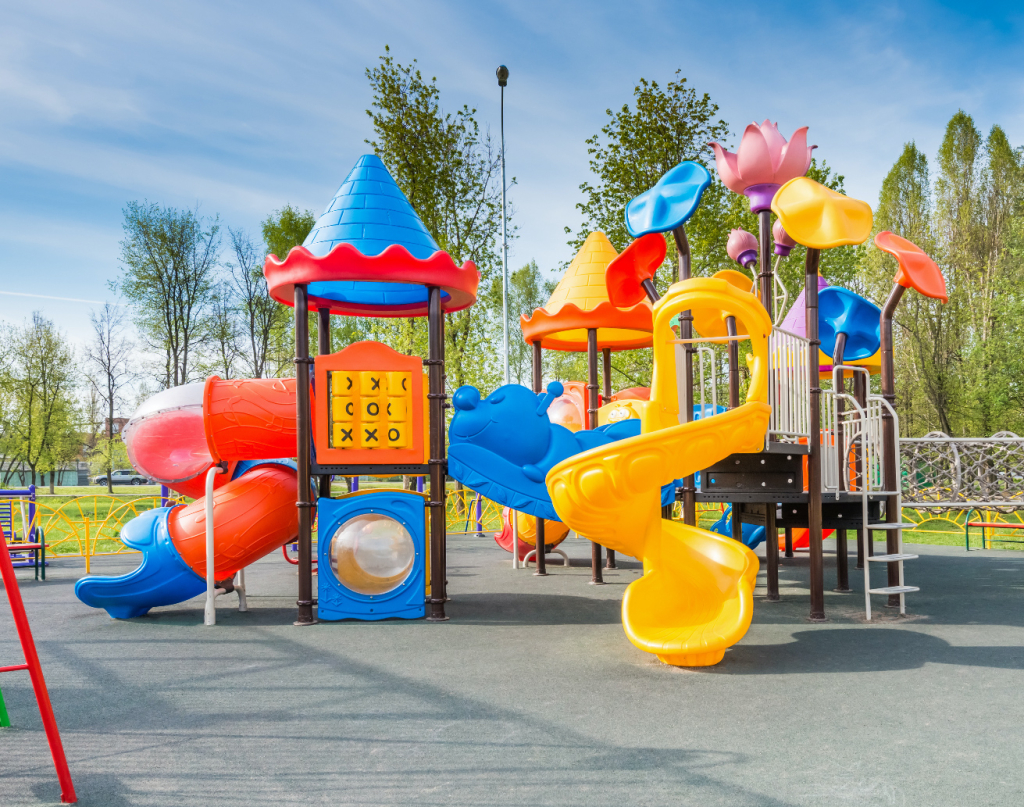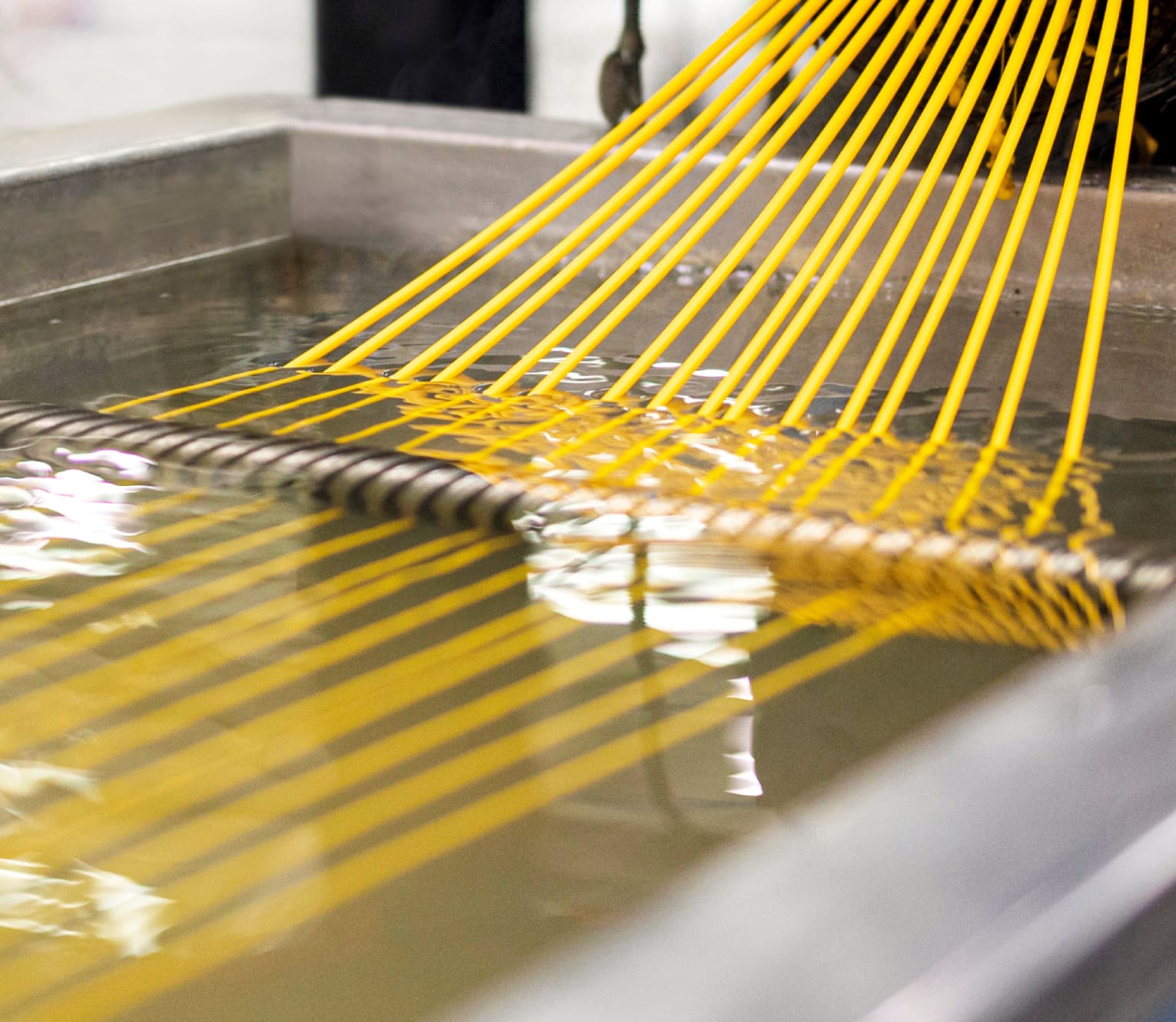
What is masterbatch?
Masterbatch is a concentrated formula of colourants, effects, performance enhancing additives, or a combination of the above, encapsulated within a carrier plastic resin. Masterbatches are used to add colour, special effects, or enhanced properties to plastic components. Most coloured plastic items we encounter in our daily lives will be coloured with masterbatch. Masterbatch is usually supplied in pellet form and is combined with raw polymer during the manufacturing process of plastic mouldings.
Why is it beneficial to use masterbatch?
Masterbatch is almost always the preferred choice for colouring plastics. As the pigments or dyes are encapsulated within a pellet, using masterbatches ensures a much cleaner process than would otherwise be experienced by using liquid colours or powder blends in plastic manufacturing. Having a clean and efficient production process helps to minimise waste and reduce downtime in production. It also allows very accurate control of colour dosing and distribution. Dosing colour at exactly the right level offers cost efficiency and improves colour consistency throughout the production run.
It’s not just about colour though, masterbatches can also be used to achieve special finishes within plastics. Special effect pigments can also be encapsulated in a masterbatch in the same way that colour is. Additive masterbatches are used to improve processing or enhance the properties of end components. It’s often possible to include an additive within a coloured masterbatch to create a combined masterbatch. This means the plastic moulder can dose in one masterbatch, as opposed to adding multiple components to their polymer. Additive masterbatch manufacturers can engineer formulations to meet a customer’s exact manufacturing conditions and end use requirements.
Plastic components manufactured for outdoor applications are likely to be made using combined masterbatches. These will include colours, plus UV protection additives. This will offer protection from sunlight, improving colour fastness and inhibiting the degradation of the material.

Who uses masterbatch?
Anyone creating a coloured plastic item will tend to require a coloured masterbatch. Masterbatch manufacturers such as Broadway can develop custom colours for plastics in the form of masterbatches. Plastic moulders will purchase the masterbatch from the masterbatch supplier to use in production. However, brand owners, packaging technologists and product developers can benefit from working directly with the masterbatch manufacturer to develop and approve their custom colours or effects. Broadway has an on-site colour matching suite, specifically designed to host customers wanting to approve new colours.
In which applications can a masterbatch be used?
Masterbatches are used in the manufacture of a huge selection of plastic components, covering many market sectors. Masterbatches are used in injection moulding, blow moulding, injection stretch blow moulding and extrusion. The filaments used in 3D printing are also usually coloured with a masterbatch. Most plastic items will be made using one of these processes. Larger items such as tanks, kayaks and bins will be rotationally moulded. This process utilises rotational moulding powders rather than polymer in pellet form, so masterbatches are not used in rotationally moulded products.
How does masterbatch work?
A good analogy is that if natural polymer is the water, then masterbatch is the orange squash. Only a small amount is needed to colour (or enhance the properties of) the base material. A masterbatch will typically be dosed at an addition rate of between 1% and 5%. A single masterbatch pellet formulated for a 1% addition rate has the potential to colour 99 polymer pellets.
A moulder will usually dose the required amount of masterbatch into their polymer using a specialist dosing unit. However less refined techniques, such as a cement mixer can be used to mix masterbatch and polymer together. The masterbatch and polymer fall into the barrel of the moulding machine via a hopper. The polymer and masterbatch pellets are melted in the barrel of an extrusion machine causing them to combine. A screw is used to mix and move the liquified material towards the mould cavity. By now the masterbatch will have blended with the polymer, distributing the pigments or dyes throughout the material. As the material enters the mould, pressure is added from the opposite side to clamp the polymer in the mould. As the material cools it solidifies, allowing the coloured end component to form before the clamp is released.
How is masterbatch made?
The components of a masterbatch start in powder form. These will typically include the pigments or dyes used to achieve the desired colour or effect, any additive(s) required, fillers such as chalk, processing aids such as wax and a carrier resin (polymer). The carrier polymer must be compatible with the polymer which the masterbatch will be dosed into during the moulding process.
The raw components are weighed out at the correct ratio in line with a predetermined formulation, usually engineered for a specific manufacturing requirement. The constituents are then mixed before being fed into an extrusion machine and melted at around 180°C, causing them to liquify. A screw will blend the material and push it along the barrel of the machine. The homogeneously blended material will exit the barrel in strands via the die-head in a liquified state. The strands then enter water allowing the material to cool and solidify so it can then be cut into pellets. Once pelletised, the masterbatch is bagged ready for distribution.

Can I use masterbatch with recycled polymer?
Masterbatches can be used with virgin or recycled polymer. The inherent tint typically found in recycled material may impact the colour which is achieved in the end component. However, using recycled material will usually provide environmental advantages, so it’s important to consider this as well as the aesthetics of the moulding. Responsible consumers should embrace aesthetic compromises if this reduces the environmental impact of the product they’re purchasing. Using at least 30% PCR (post-consumer recycled) resin within packaging applications will also offer taxation benefits in the UK. Broadway has vast experience in formulating colourants for use in recycled material.
Are you looking for high-quality masterbatch solutions for your plastic manufacturing needs? Contact Broadway today to explore our wide range of custom colours, special effects, and performance-enhancing additives.

